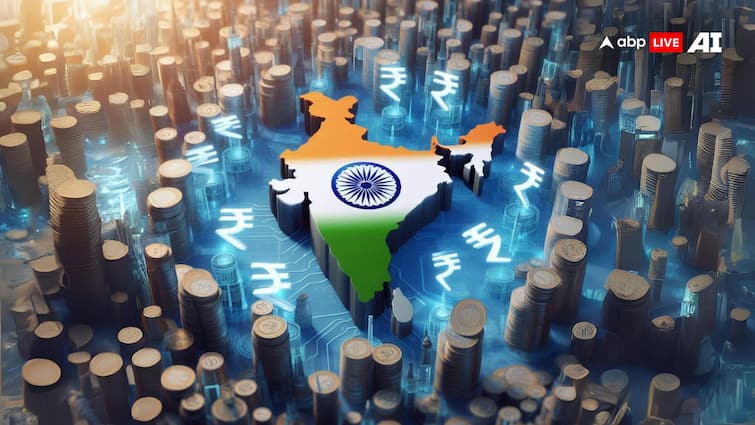India has firmly countered the International Monetary Fund’s assumption that the steep 50 per cent US tariffs on its exports will remain in place indefinitely and weigh down economic momentum.
The Fund’s staff, in its latest assessment, pegged India’s GDP growth at 6.6 per cent for the current fiscal year, and trimmed its 2026-27 projection by 20 basis points to 6.2 per cent, arguing that prolonged high tariffs would dampen external demand and investment.
While Indian authorities agreed that a handful of sectors could face heavy strain in the near term, they emphasised that the broader economic impact would remain manageable, reported Business Standard.
They also rejected the scenario of US tariffs persisting as painted by the IMF staff, insisting that the growth impact estimated by the Fund was overstated due to frontloading effects and India’s ability to develop alternative export markets.
IMF Flags Risks, India Cites Upside From FTAs
In its review, the IMF warned that escalating trade tensions and sharper geoeconomic fragmentation could pose significant near-term risks for India. Such turbulence, it said, could trigger tighter financial conditions, higher input costs, and weaker trade and FDI flows. If tariffs stayed elevated, the Fund suggested there would be room for further monetary easing amid benign inflation.
However, Indian authorities pointed to upside potential stemming from newly concluded and upcoming free trade agreements (FTAs), stressing that the IMF’s potential growth estimates were overly conservative. They also underlined that it would be “premature to consider a pause” in fiscal consolidation in FY27, despite IMF staff recommending such a step to tackle an expected output gap.
The IMF further stated that targeted, transparent, and time-bound support for industries hit hardest by tariffs would be appropriate. It added that fiscal consolidation could continue if tariffs were reduced quickly enough to avert an output gap.
GST Reform Seen Cushioning Tariff Impact
In a detailed statement from New York and Washington on November 26, the IMF reiterated its projection that India’s economy will grow at 6.6 per cent in 2025–26. It highlighted that the recent Goods and Services Tax (GST) reform, along with reductions in the effective rate, would help cushion the blow from the 50 per cent US tariffs, which include a 25 per cent levy tied to India’s purchases of Russian energy.
Despite global headwinds, the IMF noted that India continues to perform strongly. After growing 6.5 per cent in FY2024/25, real GDP expanded by 7.8 per cent in the first quarter of FY2025/26. The Fund said that advancing comprehensive structural reforms will be crucial in supporting India’s ambition to become an advanced economy. Growth, it added, is expected to remain robust due to favourable domestic conditions.
The IMF Executive Directors commended India’s strong economic performance and resilience, supported by sound macroeconomic policies, reforms, and stable financial and corporate sectors. They noted that headline inflation has eased significantly, aided by subdued food prices and the one-off effect of the GST overhaul.
The body supported India’s ongoing fiscal consolidation efforts but warned that achieving targets would require strict spending discipline. They also advised closely monitoring the fiscal impact of lower GST and personal income tax rates. Any tariff relief, they said, should be tightly targeted and time-bound.
For the medium term, the IMF called for rebuilding fiscal buffers through improved domestic revenue mobilisation and more efficient public spending, particularly through better-targeted social safety nets. Strengthening state-level fiscal sustainability and monitoring contingent liabilities were also flagged as priorities.
Overall, the IMF reiterated that comprehensive structural reforms will be central to India’s long-term growth aspirations, while India maintained that its economic trajectory remains strong and resilient, regardless of tariffs.


